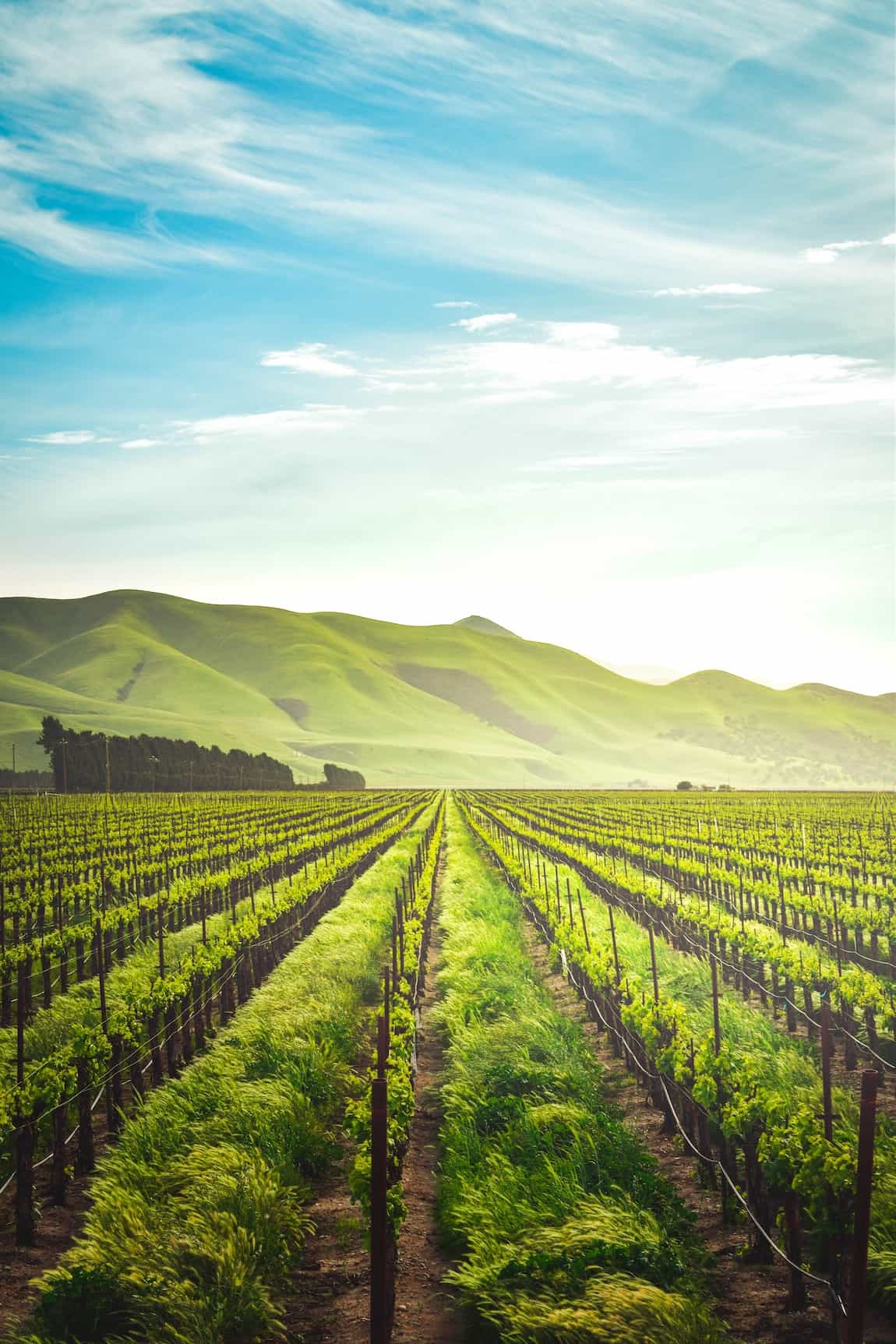Pig farming is a kind of profitable livestock farming that people venture into because of the high gains. Raising pigs maybe more work compared to raising grass dependent livestock such as sheep, goats, or cows, but when properly farmed, pigs yield better results. They have a better profit margin and a greater chance of financial returns on your investments compared to other farm jobs in the market today.
Why? One reason is their breeding rate is much faster. One mama pig can produce a litter of 10 baby piglets. Second, there is a faster conversion rate when it comes to feeding, growing, raising, butchering, and selling meeting. In short, pigs grow faster than any other livestock; therefore, they can also be resold faster for profit.
There are two options for a pig farmer in growing their pigs. One is conventional intensive farming where the livestock has kept the cage in a high density, tight, and close housing system. The second is free range when they are free to roam around, forage for food, roll around in the mud, and come back to their dwelling when they feel like it. Both systems have their pros and cons, but the newbie pig farmer must also think and plan for many other considerations before engaging and investing in the pig business. Knowing these things will help keep your pig businesses from succumbing to the big bad wolf of defeat.
Acquire Certifications and Training
Starting a business without any knowledge or background is a huge recipe for disaster. Before starting your pig farm, get the basic training through any entrepreneurship seminar on pig farming. Doing so will give you an overview of what this business is like. It will also help you plan on the logistics of your farm and your marketing campaigns. It can also give you ideas on what problems to expect so you can be ready to overcome them and be successful in this business.
Decide on the Type of Operation
Choose which specie of pig you want to deal with. There are many different types in the market today, and how you run your business will be based on the kind of pig there is. On top of that, you have to determine if you will be a large or small scale business, and you will also need to define if you will go for conventional or free range farming. The facility your set-up will be dependent on these. The kind of land you get will be based on how big your operation is. Be sure to allow plenty of space for expansion should you decide to grow your business.
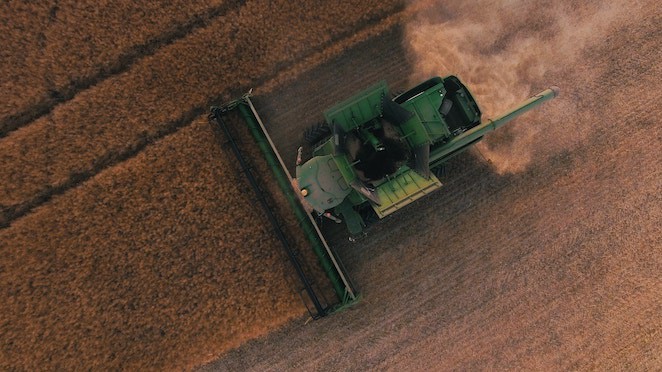
Water Supply
This is an important question to ask before doing anything major. Does your land have a supply of water? Water is a vital component in running a pig farm and having no access can delay and even impede the farm’s productivity. Lack of water can result in disease, and worse, pig death. A young pig needs up to 10 liters of water a day. A more mature pig can take in as much as 50 liters of water a day. Do your math because there will be more than one pig on your farm. Keep a water tank in the premises to ensure continuous water supply.
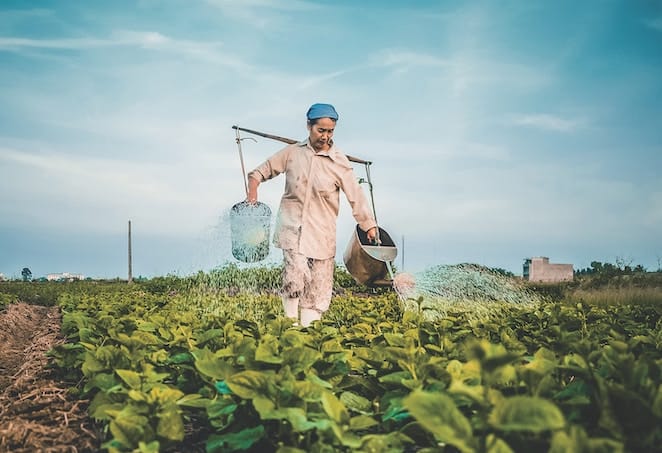
To Breed or Buy
Breeding pigs is different from buying weaners (young pigs). The latter, you just grow them and then sell them. It might be better to start with weaners as a novice pig farmer. This way you can get the feel of the business, its needs, demands, and pitfalls, before you attempt on the more complicated task of breeding them from infancy. You management system should be in place by the time you start breeding because doing so is more complicated than growing and selling weaners.
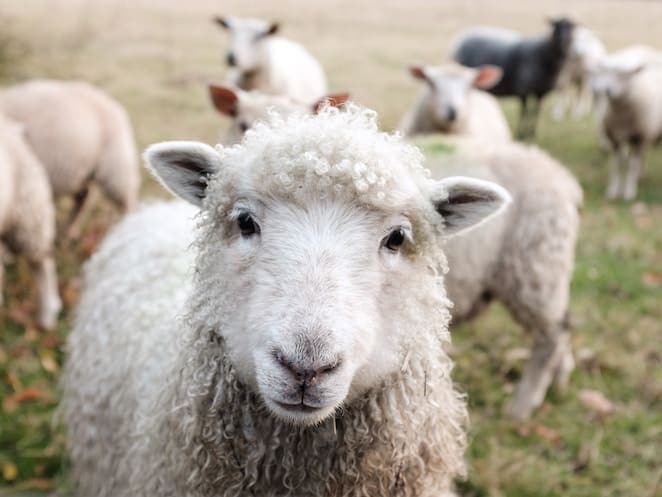
Building the Pen
This is a very important component of pig farming because the infrastructure will determine if you have overcrowding, injuries, disease, and even morbidities. It is critical to invest in a good building that has room for growth, in case you decide to increase your pig population later on. Having ample space also protects the pigs from injury and disease contamination. Drainage is critical because it prevents water from staying stagnant in the pig pen. Water that remains unable to flow attracts pests and other harmful bacteria. A water pool within the premises is also essential so the pigs can play there and cool off. Changing this water regularly is imperative for the sake of disease prevention.
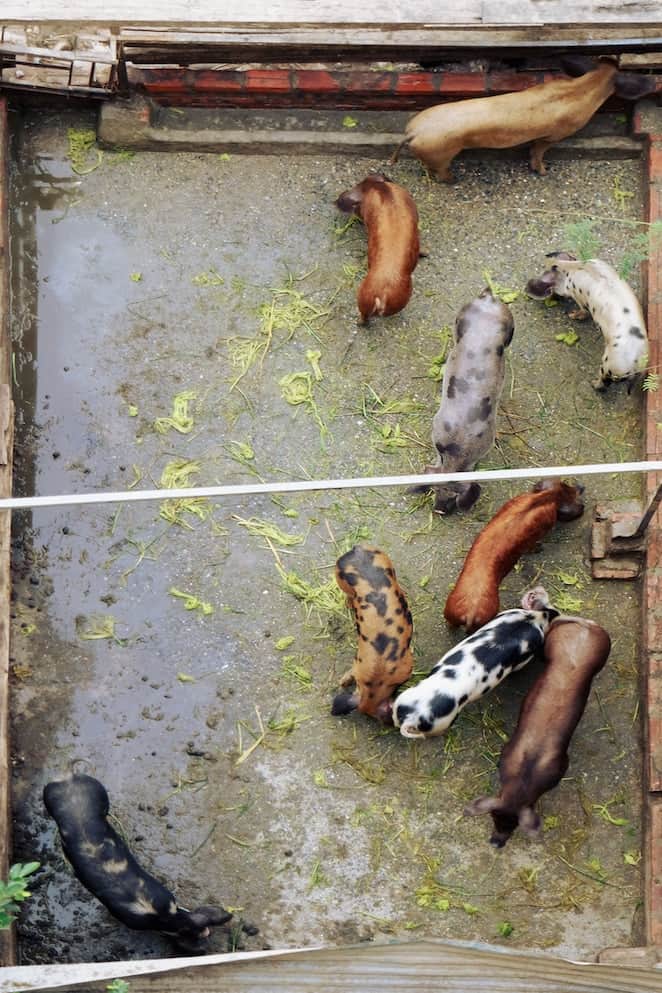
The Feeds
What you feed your pigs is important to the business. One of the reasons a pig is a fat pig is the food that it eats. Before acquiring your first pigs, make sure you have the budget for all the feeds and the vaccinations these animals will require before they are ready to be sold in the market. What you feed them will vary based on their size and age. Food is a vital component in raising good quality pigs. Don’t scrimp on this aspect because no one wants a skinny pig.
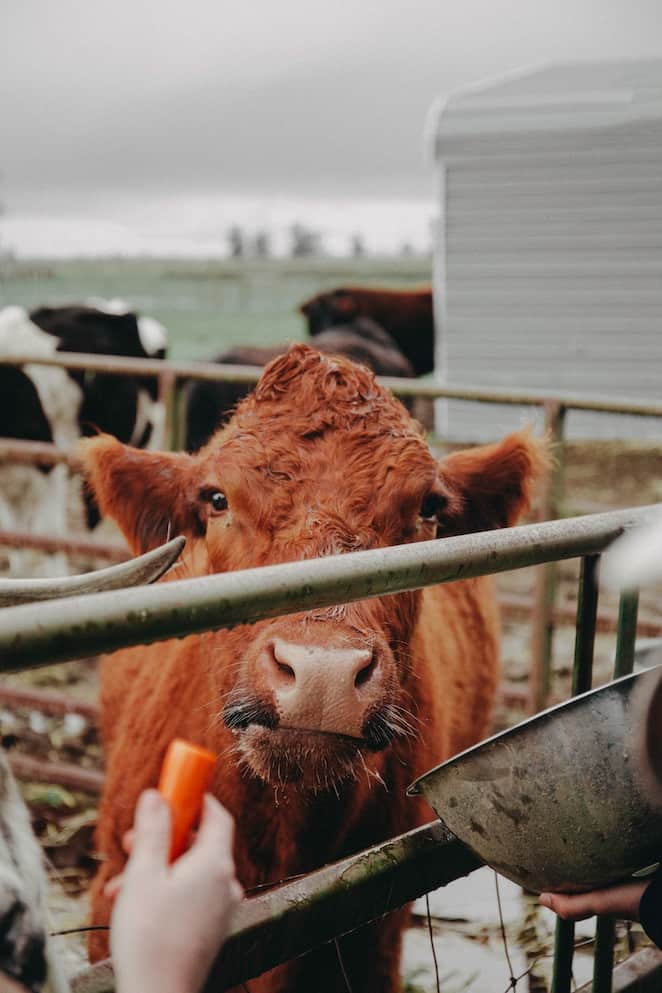
Workers
Unless you plan on living in the farm and doing everything yourself, you need to employ workers to help you with the chores. And there are many in the farm like clearing the drains, changing water to improve hygiene and prevent infection, feeding pigs, cutting the surrounding, grass, etc. Finding workers you can trust so you can focus on the more important aspects of expanding the business and thinking of marketing is an essential part of setting up your farm.
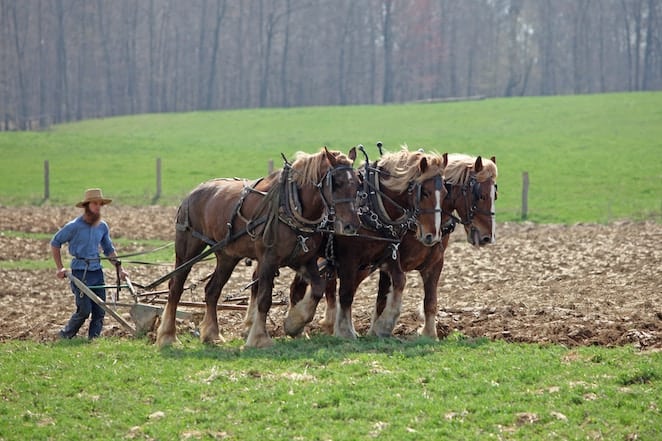
Marketing
This is something you should think of even as you are starting construction of your pens. A piglet your purchase at 2 months old is already mature enough for sale at the 6th month. Who will you sell it too? Thinking of what grocery, supermarket, or restaurant you can supply should start way ahead. Establish your network of clients from the get-go and continue to think of ways to expand your client base.
Last Notes
Pig farming is definitely a profitable business were in your pocket will thOINK you. However, building a good business starts from the ground. Make sure that your foundation is solid. Do your homework before taking the plunge. Talks to other farmers, visit other pig farms, read materials, and network way ahead of time. The right information, training, finances, and management practices, your business will no doubt be a success.
